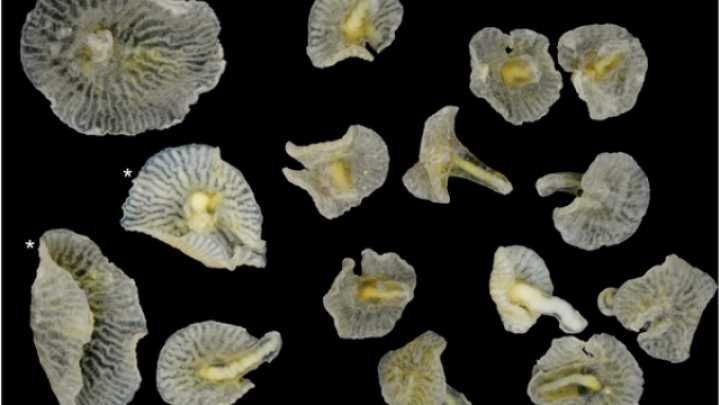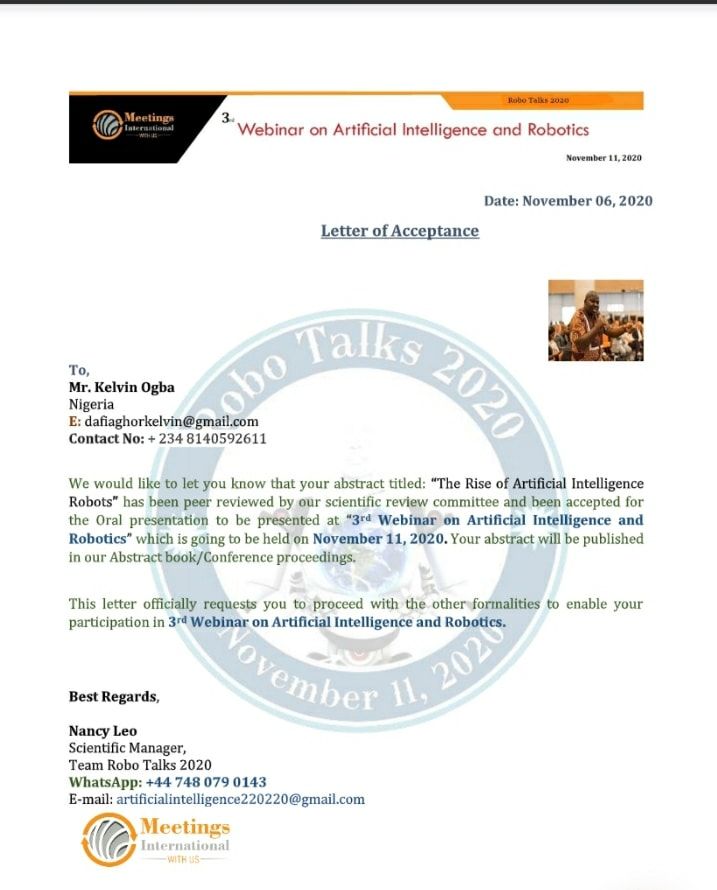Mars’ dust storms have repeatedly triggered rapid water loss from its upper atmosphere over the eons, NASA’s MAVEN orbiter finds.


Japanese researchers have created a mind-controllable Gundam robot, turning one of the anime’s most exciting technological concepts into reality.
The model, based on the mobile suit Zaku, has been available through Bandai’s Zeonic Technics package since last year, but that version requires manual programming on a smartphone app.
【課題】 来週から休暇に入る受講生は、この機会にミニチュアザクを組み立てて、課題に挑戦をして欲しい 今回の課題はプログラムだ。アクションコードに音声をプログラムした。 簡単に音声は追加出来るぞ。 #ジオニックテクニクス #ZEONICTECHNICS pic.twitter.com/rX5OSisXs1
China Launches 6G Satellite and Nokia seals the deal with NASA for 4G moon network.

The 22nd edition of the China Hi-Tech Fair, with more than 3,300 online and offline exhibitors from the mainland and overseas, has put renewed emphasis on the ways innovative technology could help people better adapt to changes caused by the Covid-19 outbreak.
China Hi-Tech Fair, the country’s biggest technology show, features a range of artificial intelligence, smart city and robotic applications.


:3333
Most newly-discovered species are easy to classify. They have features that are very consistent with well-known organisms and they fit neatly into one category or another. Every so often, one comes along that leaves scientists wondering, “What the hell is this thing?” Case in point: Dendrogramma. This new genus represents two species of deep-sea animals that resemble mushrooms but don’t really fit in with any other known animals. As a result, this organism could bring fairly large changes to the phylogenetic tree. The research was conducted by a team of researchers from the University of Copenhagen and the paper was published in PLOS ONE.
The 18 specimens were caught during an expedition in the Bass Strait, between Australia and Tasmania back in 1986. Two samples were dredged up from depths of 400 and 1000 meters. The samples had been fixed and preserved, rendering them unable to undergo genetic analysis. However, the preservation process was not done particularly well, causing them to become bleached and shrunken. They turned brittle over time.

In 1934, theoretical physicist Eugene Wigner proposed a new type of crystal.
If the density of negatively charged electrons could be maintained below a certain level, the subatomic particles could be held in a repeating pattern to create a crystal of electrons; this idea came to be known as a Wigner crystal.
The first time a Wigner crystal was experimentally observed was in 1979, when researchers measured an electron-liquid to electron-crystal phase transition using helium; since then, such crystals have been detected numerous times.


They’
Its is Obvious that the future is smart and only those who out smart these robots will remain relevant. Although it’s Stated that Artificial Intelligence can be disruptive, there are immense benefits Humanity can derive from them. Join my Boss Kelvin Ogba Dafiaghor as he share with the International community the massive benefits of Artificial Intelligence Robots.
As the CEO and Founder of OEC, it’s his vision to Domesticate AI in Africa and this Vision is shared by all who understand that the Future is now and its smart.
